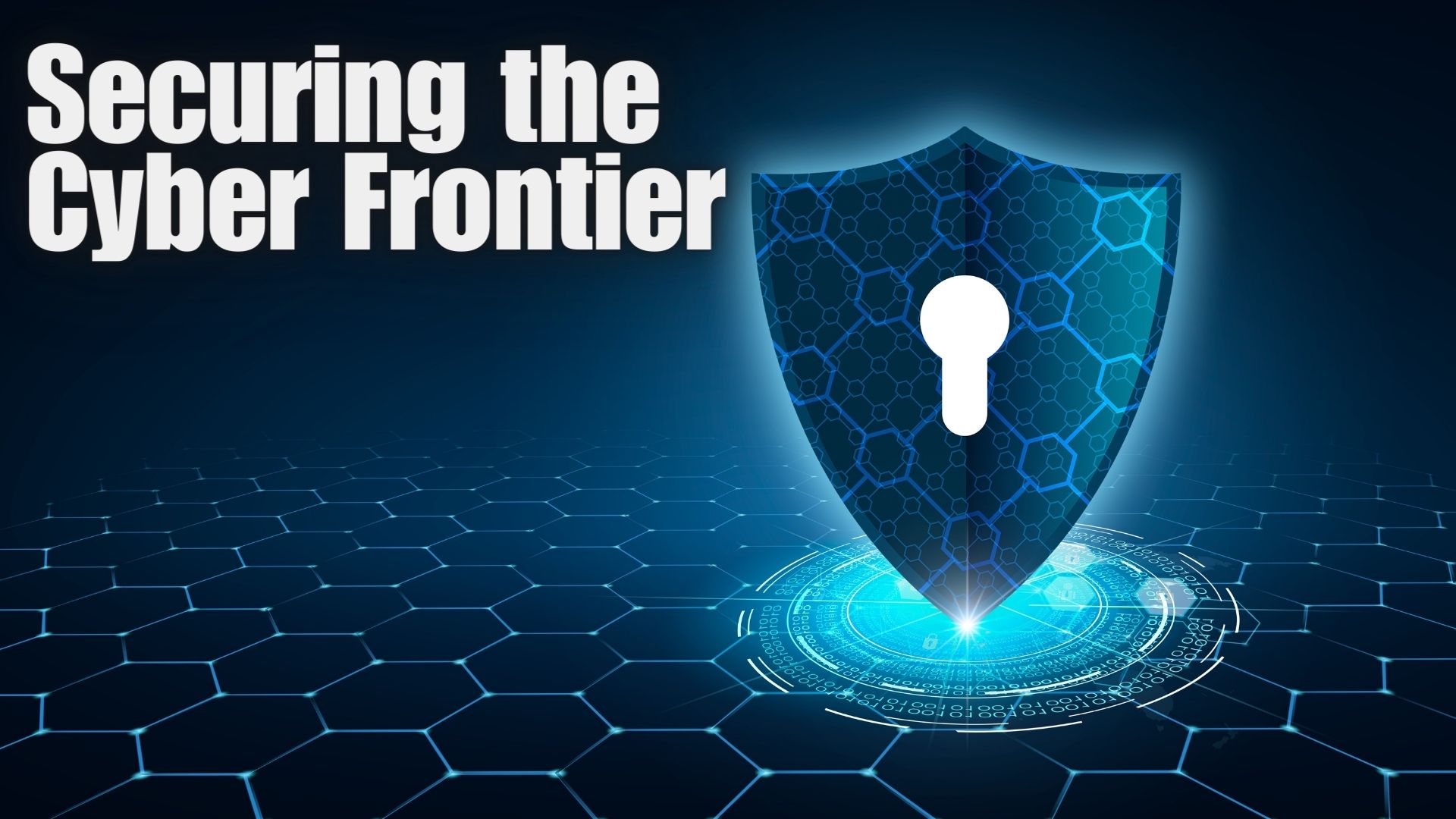Heading Towards Secure Digital Operations
Navigating the perilous digital environment of today’s corporate world necessitates cyber risk management at its finest. The cyber threat ecosystem ceaselessly transforms, with cyber culprits utilizing advanced maneuvers like data theft and ransomware attacks to disrupt your business.
Among the cybersecurity cognoscenti, the eventual occurrence of a cyber breach is considered a certainty rather than a possibility. The implications of a cyber attack are far-reaching, extending from paralyzing business activities, jeopardizing data and client confidentiality, and tarnishing corporate images to incurring substantial financial losses; no enterprise is exempt from these potential threats.
For a robust defense system, it’s crucial for leaders to proactively invest in advanced cybersecurity technology, tools, and solutions. Moreover, nurturing an atmosphere of security consciousness among employees is essential, given that human errors often serve as the weakest link in the security chain.
However, absolute protection against cyber threats remains elusive despite the strictest safeguards. That’s where cyber insurance comes in, offering a buffer against the financial shock typically following a cyber attack.
This comprehensive guide unpacks the top seven points to include on your cyber insurance coverage checklist and the key features to look for in a cyber insurance policy.

Evaluating Your Cyber Insurance Requirements
The needs for cyber liability insurance differ considerably across businesses, depending on their size, industry, and operational characteristics. Larger firms, with extensive employees, customers, and operations, stand to lose more in case of a cyber catastrophe such as a ransomware attack. As a result, these organizations need more extensive coverage and higher premiums.
Certain sectors, such as healthcare, finance, and law, process confidential client information like personal health information (PHI) or personally identifiable information (PII). Thus, these sectors face unique risks, resulting in an increased cost of coverage.
At the end of the day, your company should select cyber liability insurance that aligns with its specific needs and business strategy. For some, it’s a mandatory regulation; for others, it’s a smart component of their risk management strategy.
Understanding the Cyber Risks
Cyber insurance helps safeguard your company, covering the costs of recovering from a cyber incident. Cyber threats can stem from several sources.
Illegal cyber attacks on software systems can result in data theft, corporate espionage, or compromise. Ransomware attacks can make your data inaccessible, critically disrupting your business. Phishing schemes, a social engineering attack, aim to steal credentials and passwords, often laying the groundwork for larger breaches. Lastly, unintentional employee errors can lead to data loss, information leaks, or stolen company assets.
Budgeting for Cyber Liability Insurance
Despite cyber liability insurance’s relative affordability, costs have consistently risen over the past few years. Policy pricing generally falls within an annual range of $1,000 to $2,000 or even higher. Factors influencing cost include coverage amount, company size and complexity, deductible amount, and specific business risks.
Knowing the Scope of Coverage
When seeking cyber liability insurance, it’s crucial to understand what’s covered. Each policy varies, but most cover claims related to data theft, cyber extortion or ransom demands, and denial of service attacks.
Different cost types covered by insurance include:
- First-party coverage: This pays for incident response, forensic investigations, data and business recovery costs, legal, PR advice, customer notification, and credit monitoring services.
- Third-party coverage: This concerns claims made by third parties, customers, or business partners impacted by the cyber incident.
- Cyber extortion: Covers the costs of ransom negotiations or actual ransom payments.
- Business interruption: This compensates for the loss of revenue when business operations are disrupted for a lengthy period.
Identifying Non-covered Scenarios
Cyber liability insurance doesn’t cover all situations. Losses due to civil unrest, war, terrorism, or riots are typically not covered. Similarly, failure to maintain adequate cybersecurity measures can result in coverage denial. Sometimes, a prior data breach or act occurring before the policy takes effect can lead to coverage denial.
Conducting a Cybersecurity Risk Assessment
Conducting a cybersecurity risk assessment annually to manage cyber risks effectively is best. Managed Service Providers (MSPs) specialize in conducting cyber risk assessments for businesses and performing necessary remediation and upgrade work afterward.
Cybersecurity risk assessments can vary greatly. Larger companies or businesses in highly regulated industries have higher standards and controls to meet, making the assessment process more thorough and time-consuming. However, regardless of the company size or sophistication level, a cybersecurity risk assessment is a must for improving risk management and qualifying for cyber insurance coverage.
A well-conducted cybersecurity risk assessment identifies the most significant risks and their potential impacts, informing the roadmap or Plan of Action and Milestones (POAM). The POAM includes upgrading an organization’s cybersecurity defenses, policies, and procedures.
Regular cyber risk assessments help organizations improve methodically, ensuring your network security practices keep pace with the evolving threat landscape.
Selecting the Right Coverage
Once an organization understands its risks, needs, and readiness, shopping for cyber liability insurance is straightforward. A selection committee should supervise the process, with leaders from IT, legal, HR, risk management, and executive staff. Where appropriate, outside advisors such as an MSP or outside legal counsel should review the policy before execution.
Like most types of liability coverage, the devil is in the details. Obtaining and implementing an insurance policy is not a “set it and forget it” exercise. Most insurance carriers proactively provide their clients access to extra resources, insight, and legal advice throughout the policy term. Staying one step ahead of cybercriminals to reduce cyber risk is a team effort.
Companies should also view their relationship with their insurance provider and broker as ongoing business partnerships.
Contents
- 1 Heading Towards Secure Digital Operations
- 2 Evaluating Your Cyber Insurance Requirements
- 3 Understanding the Cyber Risks
- 4 Budgeting for Cyber Liability Insurance
- 5 Knowing the Scope of Coverage
- 6 Identifying Non-covered Scenarios
- 7 Conducting a Cybersecurity Risk Assessment
- 8 Selecting the Right Coverage



